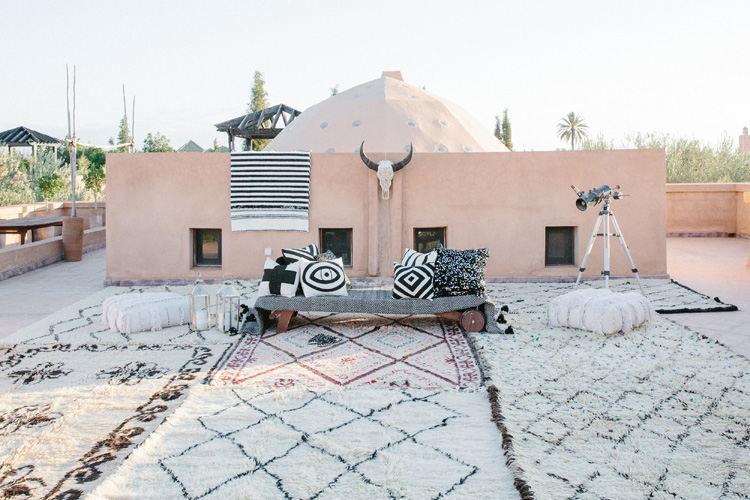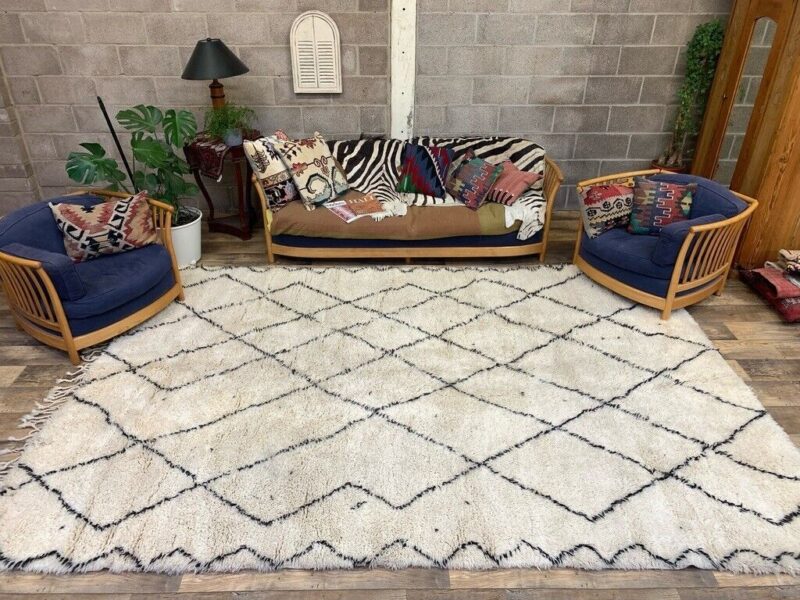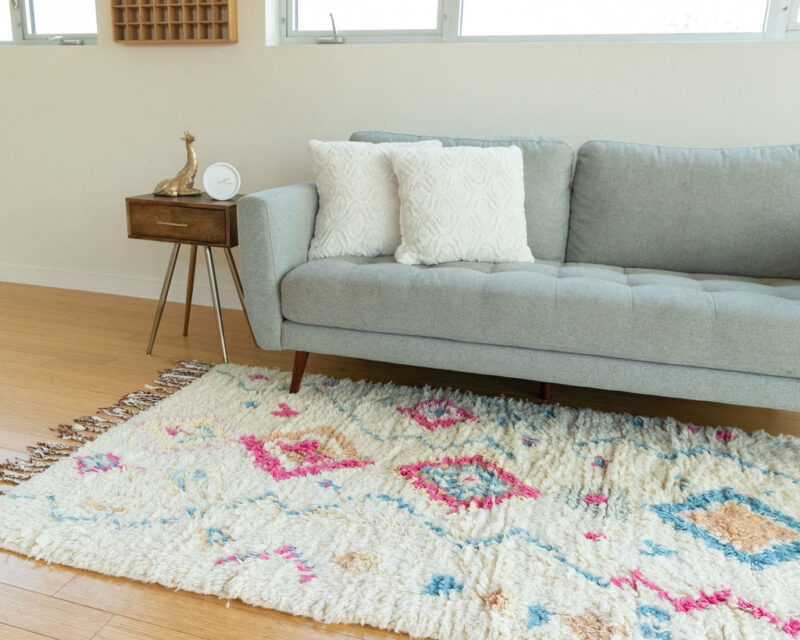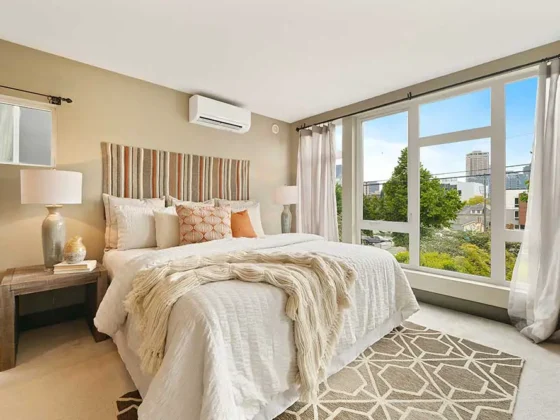In the realm of home design, Moroccan carpets have long been considered prestigious. These rugs are expensive and well-known for their unique designs and lengthy history. The reasons for their high cost are examined in this article.
The Rich History and Cultural Significance
The Deep Historical Roots

Moroccan rugs are not just floor coverings; they are a piece of history. Originating from the ancient Berber tribes, these rugs have been woven for thousands of years. Each rug tells a story, with patterns and designs that are passed down through generations. This historical depth adds immense value to each piece.
A Symbol of Cultural Heritage
Beyond their history, they are a symbol of cultural heritage. They are an integral part of art and identity. Each region in Morocco has its own unique style and weaving techniques, making these rugs a rich tapestry of the country’s diverse cultures and traditions. This cultural significance plays a key role in their valuation.
Artisanal Craftsmanship and Labor-Intensive Process
The Art of Handweaving
The complicated, labor-intensive techniques that go into making carpets. It takes years to become an expert in the trade of handweaving, which is used to create each rug. In contrast to rugs that are mass-produced, handweaving requires a great deal of patience and talent, and it sometimes takes months to finish one rug. The carpets’ high price is mostly due to their excellent workmanship.
The Use of High-Quality Materials
The materials used contribute to their expense. Artisans often use high-quality wool, which is hand-spuned and dyed using natural materials. The use of these premium materials not only enhances the rug’s durability and texture but also its overall aesthetic appeal. This quality of materials is a crucial factor in pricing.
Uniqueness and Aesthetic Appeal
Each Rug is One-of-a-kind

One of the most compelling reasons for the high cost of Moroccan rugs is their uniqueness. No two rugs are the same; each is a unique work of art with its character and story. This uniqueness makes rugs highly sought after by collectors and design enthusiasts alike.
The Timeless Aesthetic
Famous for their classic style are Moroccan carpets. They are appropriate for a variety of interior design schemes due to their distinct attractiveness, which combines classic and contemporary design elements. Their timeless appeal and adaptability increase their worth and help to explain their high cost.
Sustainability and Ethical Production
Sustainable and ethical manufacturing techniques are frequently linked to Moroccan carpets. These carpets’ production helps sustain regional artisan groups by giving them a means of income and conserving traditional skills. When compared to synthetic materials, artisanal processes and materials—like locally sourced wool and natural dyes—have a lesser environmental effect. The rugs gain value from this dedication to sustainability and ethical manufacture since buyers are becoming more and more prepared to pay more for goods that are socially and environmentally conscious.

Conclusion
In conclusion, Moroccan rugs are expensive due to their rich history, artisanal craftsmanship, and unique aesthetic appeal. These factors combine to create not just a rug, but a piece of art that holds cultural significance and timeless beauty. The price of a Moroccan rug reflects its quality, history, and the skill required to create it, making it a valuable addition to any space.


